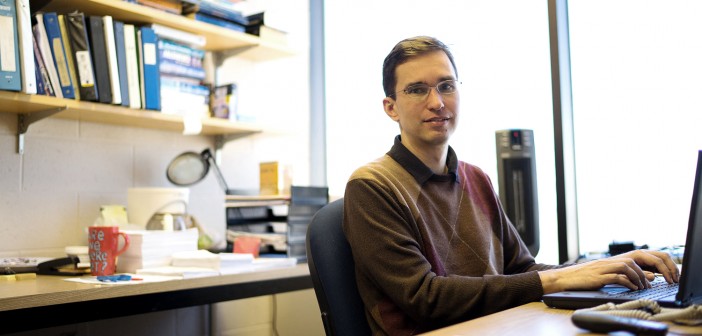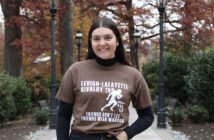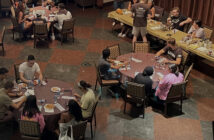In order to fund research, Lehigh’s Kai Landskron, an associate professor in the chemistry department, has spearheaded a new technique to raise money which solicits personal donations.
The funding method is not just a donation. In order to support the research, the minimum donation is $10, in which one receives a “Dinner-and-a-Movie” discount card, worth more than $10. The card is valid for one year and can be used at over 100,000 locations including stores, movie theaters and restaurants. Some of the locations include Applebees, Dunkin Donuts, Fandango and more.
Landskron said this model of fundraising isn’t entirely charitable because when someone donates, they receive a discount card in return. He said this is more of a business model, and he doesn’t believe the current funding techniques being used are substantial.
“I can definitely see the potential in this new type of fundraising,” Ryan Herzog, ’17, said. “If it’s successful, I can see it making some changes in the future fundraising efforts for personal research.”
His current method of advertising is reaching out to publications such as the Huffington Post to spread the word of this idea to give it the best chance of success.
“College students may not be the best target for this type of thing, but I really think it depends on how well it’s advertised,” Samantha Shreck, ’16, said. “The key is for the word to get out, but I am interested to see how it’s received.”
The challenge, Landskron said, is to reach out. The bare minimum goal of the fundraising efforts would be $10,000. He said this would cover the cost of supplies, tool and instrument costs, teaching assistants and allow him to pursue an additional project.
To have a significant impact, the fundraising goal is actually hundreds of thousands of dollars.
“The goal is to find people who like to support science,” Landskron said. “I also hope to reach people who appreciate a new type of funding research and who find my particular area of research important.”
Landskron works with a team of post-doctorates, graduate students and alumni in the Mudd Building. His research focuses on nanoporous inorganic and organic-inorganic hybrid solid state materials.
Some of the applications for nanoporous materials include a wide range of issues society faces when it comes to technology, such as greenhouse gas reduction, catalytic converters, air and water purification, and energy storage applications. The research is synthetically oriented but also investigates the structural, physical and chemical properties as well as possible applications of nanoporous materials.
Landskron has two major focuses, which are the development of a nanoporous method for gas separation and absorption. The second is using high pressure to produce certain types of nonporous materials.
“I have at least 25 more years of research and goals set for myself each step of the way,” he said. “I guess one tangible goal I can say right now is to have at least one method of nanoporous gas separation and absorption at use in the real world.”
To make a donation and get more information, one can visit www.enjoyaccess.com, enter the code 550-Guest, and ones zipcode.






Comment policy
Comments posted to The Brown and White website are reviewed by a moderator before being approved. Incendiary speech or harassing language, including comments targeted at individuals, may be deemed unacceptable and not published. Spam and other soliciting will also be declined.
The Brown and White also reserves the right to not publish entirely anonymous comments.
1 Comment
To make a donation please go to http://www.lehigh.edu/~kal205/.